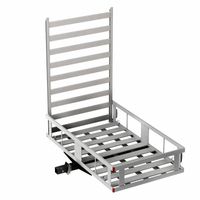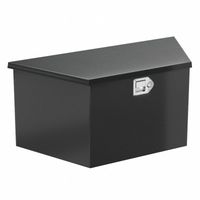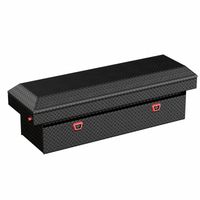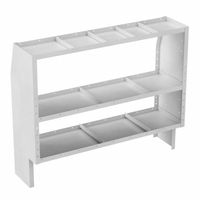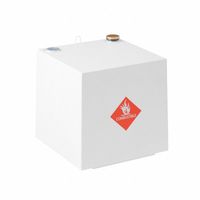- Home
- Fleet Vehicle Maintenance
- Vehicle Accessories
- Vehicle Storage
Vehicle Storage
Vehicle storage products organize and secure equipment and supplies for trucks, vans, and trailers. Truck storage consists of boxes, drawers, and racks that hold, secure, and organize tools, equipment, and supplies. Van storage products house, organize, and secure equipment, tools, and supplies in u .....Read More
Frequently Asked Questions
What are the best storage solutions for organizing tools in a truck?
How do I secure equipment in a van to prevent movement during transit?
What are the most durable materials for truck storage boxes?
How can I maximize storage space in a utility van?
What are the installation requirements for trailer storage racks?
How do I choose the right cargo carrier for my vehicle?
What safety features should I look for in a vehicle liquid transfer tank?
